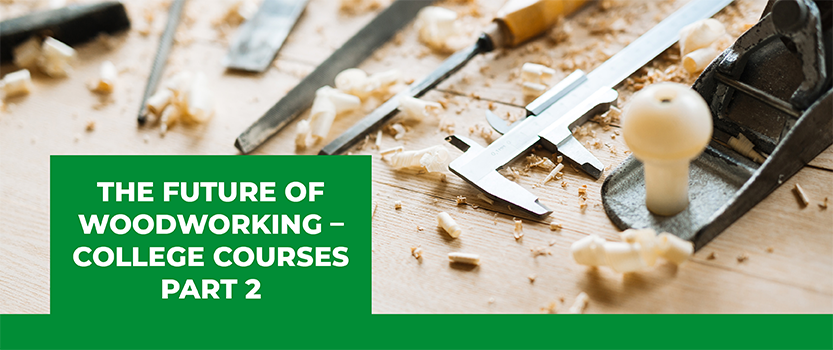You’ll remember from our previous college blog that we have been supporting a local college in their Carpentry and Joinery courses. Last year we followed Scott through his training and he told us about the sash window element of his course.
Blog 2: Learning about sash windows
Name: Scott
Course: Level 2 Carpentry & Joinery
In my last blog post I talked about my background to starting out in carpentry at Herefordshire & Ludlow College.
Part of the course involves learning about sash windows. I originally wondered why we were bothering with sash windows at all as UPVC and off-the-shelf windows are so readily available, but they still appear to be popular, particularly in older properties. I know that in some cases councils demand that wooden sash windows are used or repaired for conservation areas or listed buildings.
We’ve learnt that sash windows themselves have been around since the 13th Century in various forms, but what we would recognise today as a sash window has ‘only’ been around since the 17th Century. You cannot think of the Royal Crescent in Bath without picturing those large Georgian sash windows. They are everywhere though – Cheltenham, Edinburgh, London, Liverpool. You name it, there will be sash windows.
I want to learn as much as I can in this course and that includes sash windows even though they appear complicated. There are moving parts, hidden parts, weights, cords and different names to learn but once you break them down, they’re not too hard to understand.
We learn how to re-cord the windows using a mouse (a curved weight with a string attached – not an animal or a computer accessory!) with 6mm waxed cotton sash cord. Re-cording isn’t as easy as you’d think because the top and bottom cords are different lengths. Then there’s the beading to add, and the weights which are different for the top and bottom sashes. Get the weights wrong and you’ll have a permanently open window, get them right and they’ll perform for years.
Although sash windows are a just small part of the course, it is a useful skill for me as I can see that there is demand and a market for this. I’m keen to explore every aspect of woodworking and add as many skills to my set as I can. The next blog will look at what comes next for me and what I hope to do after my course finishes.



